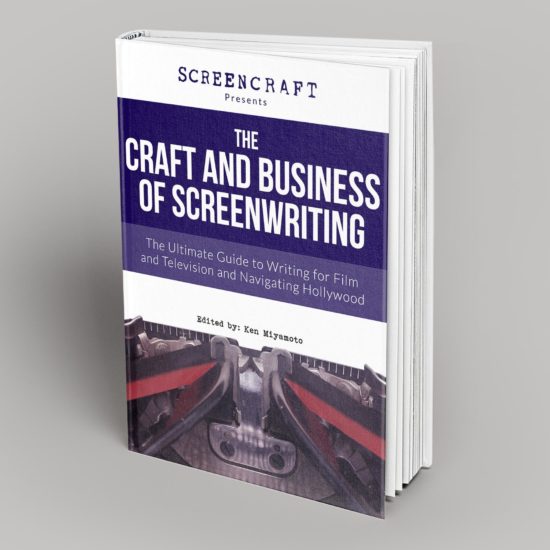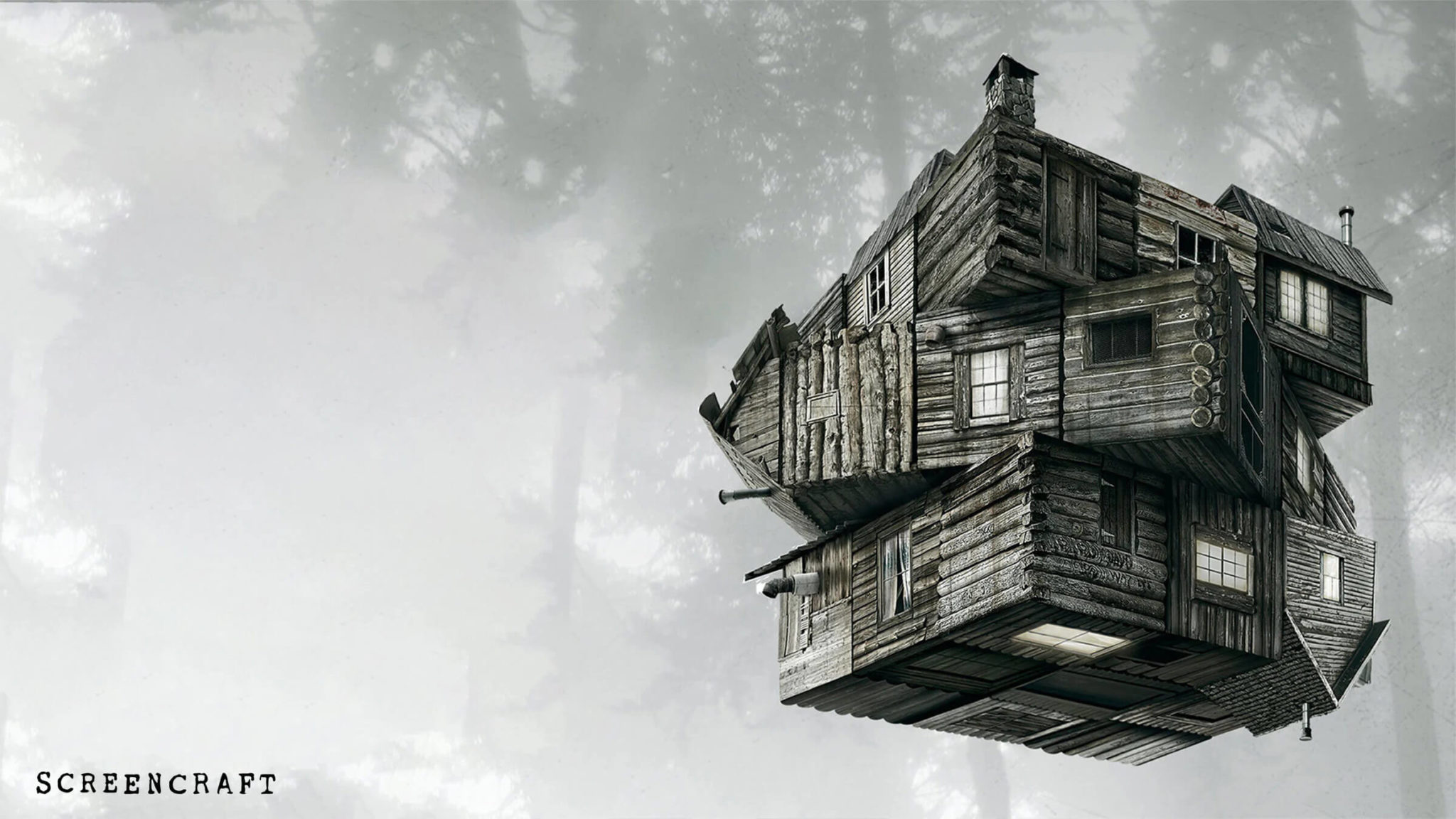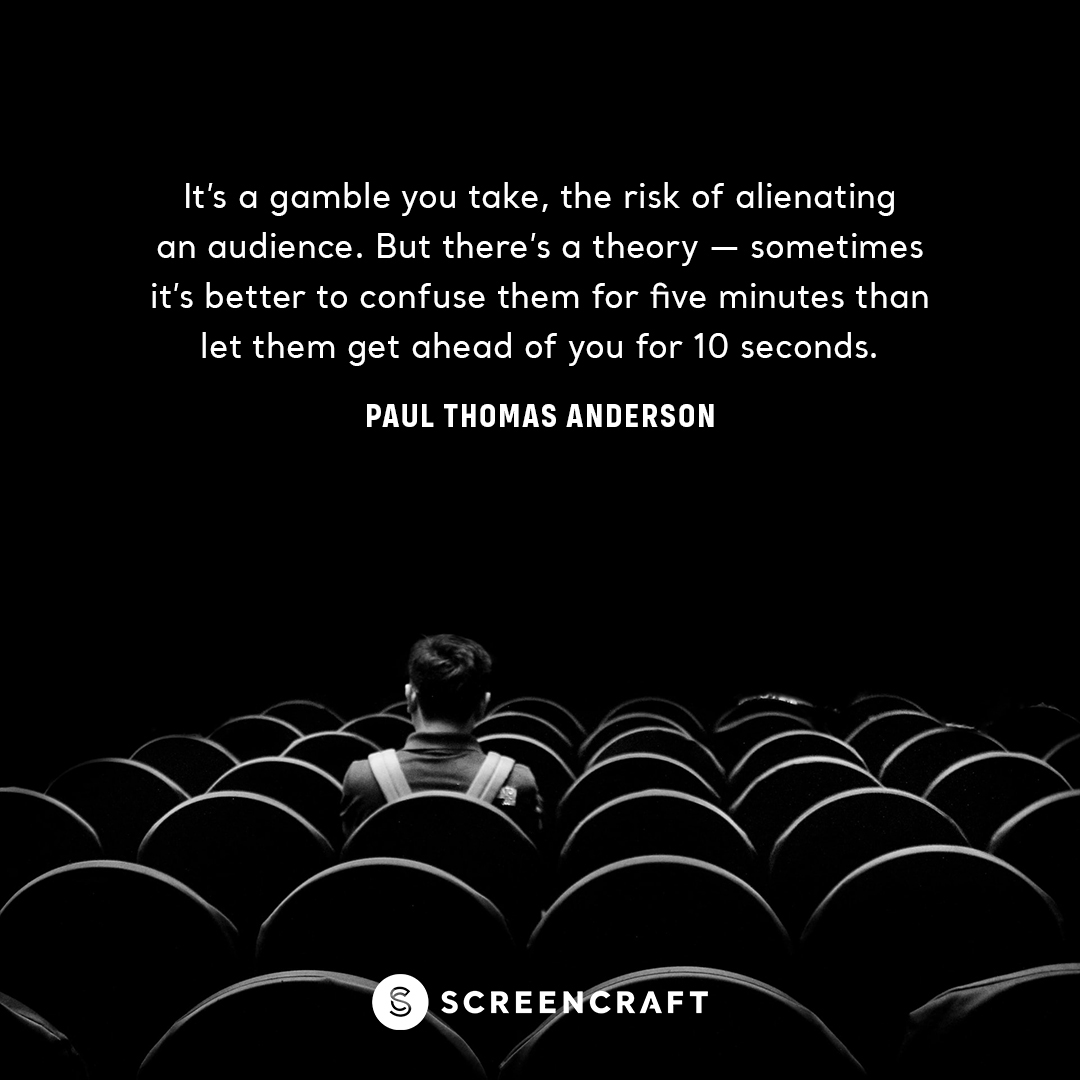
Screenwriting is a mind-boggling process that requires full focus and dedication. If you’ve ever tried writing a screenplay, I bet you know what I mean. With all those characters, plots, and actions, it’s hard to take care of every single detail without ruining the whole structure.
This is exactly where mind mapping comes in handy to save your storytelling ideas. By definition, a mind map is a diagram for representing tasks, words, concepts, or items linked to and arranged around a central concept or subject using a non-linear graphical layout that allows users to build an intuitive framework around a central concept.
Although the explanation sounds way too complex, a mind map is actually a simple concept. The process itself is easy to control, which gives you a set of substantial benefits:
- Simplicity: Mind maps make your thoughts and ideas well-organized, thus allowing you to reach ultimate simplicity.
- Flexibility: You can rearrange and play with mind maps according to your own preferences.
- Focus: Visual presentations help you to concentrate and keep track of all elements of the story.
- Cure creative drought: Lack of inspiration is the worst thing that can happen to a screenplay writer. It’s not easy to find your way out of creative drought, but it’s much simpler if you use the mind mapping technique.
Practical Tips to Use Mind Maps for Screenplay Writing
Mind mapping is obviously a great solution for screenwriters, but how does it really function? Do you know how to use mind maps in everyday work? If not, keep reading to learn seven practical tips of screenplay mind mapping.
1. Core Idea
It all starts with your core idea. You should write it down in the center of the map and let all other elements orbit around the main concept. You can use this part of the mind map to briefly describe the basic plot points because it makes a good starting point for the rest of the content.
2. Fictional universe
When screenwriters put thoughts on paper, they need to dedicate one segment of the mind map to their fictional universes. Each movie creates a special environment where the action takes place, so you definitely want to describe it as precisely as possible. It won’t only make the mind map better, but it will also help you to bring together all other components.
3. Themes
Each screenplay revolves around a unique theme. It must become an integral part of your mind map since you have to consider every little aspect of the story. Besides that, a movie doesn’t have to be lopsided – you can play with multiple themes simultaneously.
For instance, Stanley Kubrick’s masterpiece 2001: A Space Odyssey has more than one theme. Besides space exploration, this film discusses the evolution of mankind, human alienation, Artificial Intelligence, and many other smaller themes.
Now, I’m not saying that you should make a new Space Odyssey, but you can definitely try to play with themes the way Kubrick did in his signature movie.
4. Inspiration
Some authors don’t think this section deserves to be on their mind maps, but I strongly believe you need to add the “Inspiration” unit as well. Namely, this is where you describe your main influences and remind yourself of useful sources, articles, or quotes that inspire you to write the screenplay.
5. Characters
This is one of the most significant stages of mind mapping. Jason Gardner, a movie analyst at Essay On Time, says that characters are the ones who put your ideas into practice: “You have to think about every role individually and also describe how they relate to each other. A lot of writers actually create a separate mind map dedicated to movie characters only. If you think this is the right way to go, make sure to use the same tactic.”
6. Notes
Screenwriting is a time-consuming process that often takes months or even years in some cases. This means you will be changing things more or less frequently, which is why you need to include notes into your mind map. It doesn’t really take the central part of the scheme, but it can’t hurt you to take a look at alternatives ideas from time to time.
7. Use mind mapping tools
We live in the digital universe, so it’s natural to see so many mind mapping tools available online. Such platforms allow you to organize and reorganize ideas quickly and effortlessly. Some of the frequently used mind mapping solutions are Spider Scribe, Wise Mapping, and Mind Meister.
Mind mapping is one of the most powerful weapons in the arsenal of a screenplay writer. It’s a highly practical mental technique that can help you to organize ideas in a meaningful way and lay the foundation for a blockbuster movie.
In this post, I explained to you seven ways to use mind mapping for screenwriting. Make sure to use my tips and let me know in comments if you have other interesting suggestions to share with our readers.

For all the latest ScreenCraft news and updates, follow us on Twitter, Facebook, and Instagram.
Get Our Screenwriting Newsletter!
Get weekly writing inspiration delivered to your inbox - including industry news, popular articles, and more!



























